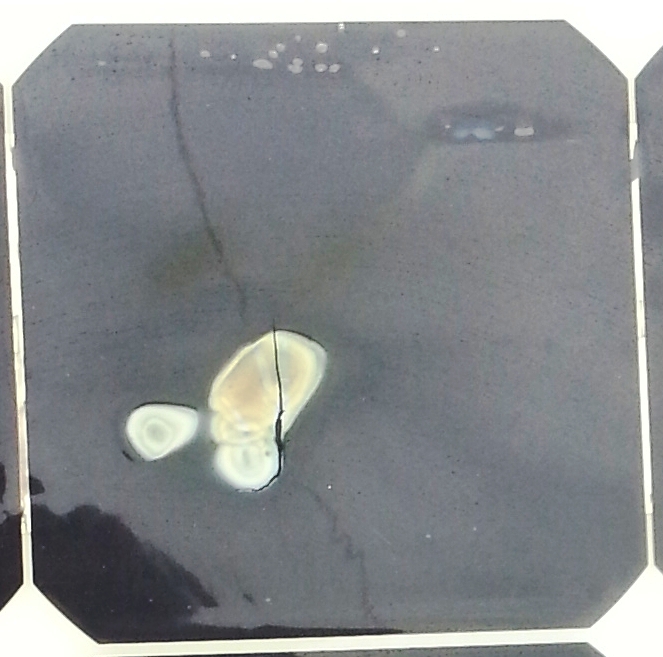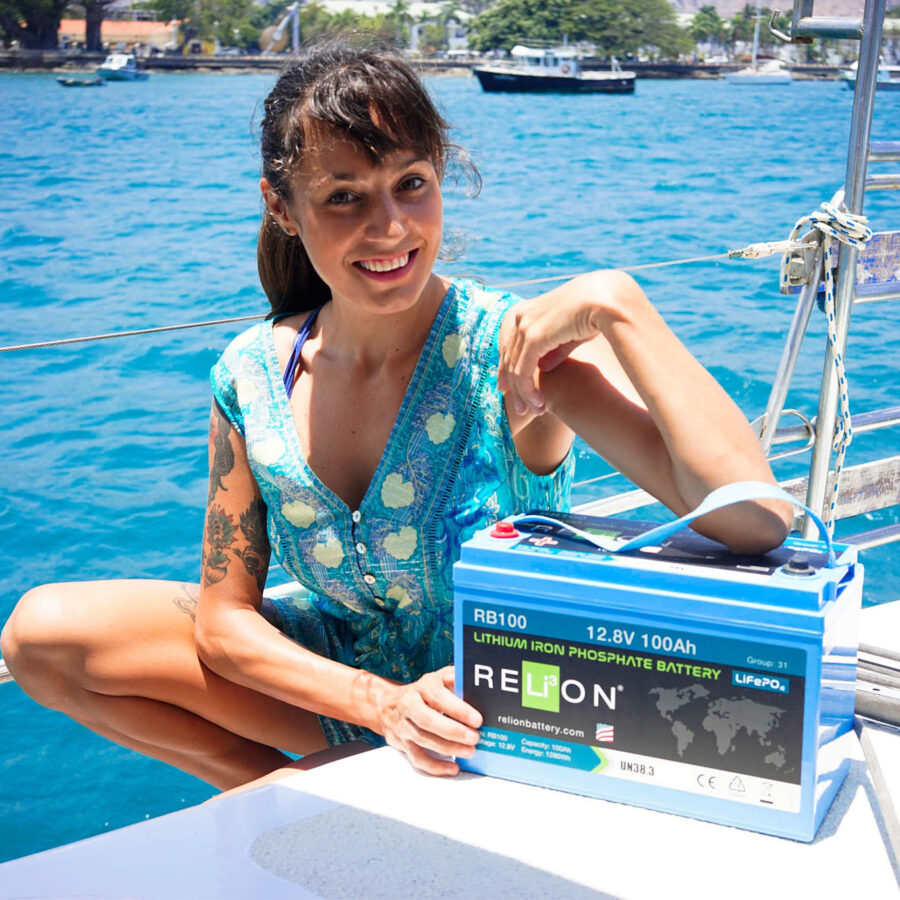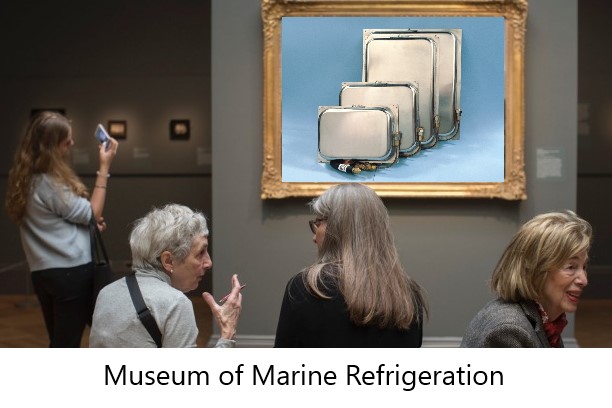Phone: (301) 352-5738
Email: info@CoastalClimateControl.com
Office | Warehouse:
1598 Whitehall Road, Suite D
Annapolis, Maryland 21409
Cracked solar cells and heat damage
 Did you know that there is an official measurement for a hairs breadth? Well, according to my conversion tables:
Did you know that there is an official measurement for a hairs breadth? Well, according to my conversion tables:
one hairs breadth = 100 microns (micrometers, millionths of a meter)
So the thickness of a regular silicon solar cell, at around 200 microns, or 2 hairs breadths, is pretty darn thin! And when you consider that the SunPower® back-contact cells that are used by Solara and Solbian are even thinner, at about 1.5 hairs breadth, and that these cells are essentially glass in nature, you will no doubt appreciate that they will need careful handling.
The SunPower® cells used in Solbian flexible panels are high grade cells that are purchased guaranteed free from physical defects, but careless handling in storage, shipping or on site, together with improper installation, can initiate cracks in the cells which will be invisible to the naked eye.
In the majority of applications these cracks will be comparatively harmless and may not cause any problems other than a small loss of power, but
there are some instances where a badly cracked cell can initiate heat build-up along the edges of the crack. If the crack is bad enough and the panel is of large enough wattage, and especially if the panel is one of a number of panels connected electrically in series, then the resultant heat could lead to melting and discoloration of the panel substrate and superstrate.
There has to be a significant amount of power trying to force its way across the crack in order to cause significant heat-related damage, and that is unlikely to happen in single-panel/single controller installations, or with panels connected electrically in parallel.
Unfortunately, there is no protection mechanism against this type of cell burning, unlike the by-pass diodes that effectively prevent hot-spots caused by hard shading of a cell or group of cells, but you may be able to find hot cells by using an infra-red thermometer when a panel is in good sunshine and with its output shorted.
Cracked-cell burning is more likely to happen in lower-cost silicon cell flexible panels. To keep costs to a minimum, the cells used in these panels will almost certainly be the low-grade off-spec cells that are sold off by SunPower® into secondary markets.
These inexpensive off-spec cells can be purchased either with low power output, or with non-visible flaws and imperfections, and since the manufacturers tell us that their panels are tested and rated properly, we must assume that the cells have unseen physical defects. As we understand it, the off-spec cells are sold on condition they only be used in panels no larger than 100 watts, probably because of the risk of cell burning, and that the cell manufacturers' name is not publicized. Both of those conditions seem to have been generally ignored by lower-cost panel manufacturers.
Prevention is better than cure, they say. Handle flexible panels very carefully and try not to bend them if at all possible. Follow the manufacturers' instructions and make sure they are fully supported, either on soft canvas with no hard spots underneath, or on backing panels made of twin-wall polycarbonate or similar.
By accepting you will be accessing a service provided by a third-party external to https://coastalclimatecontrol.com/






